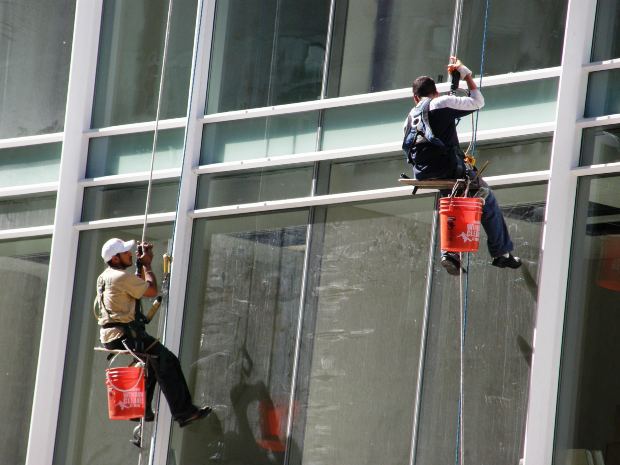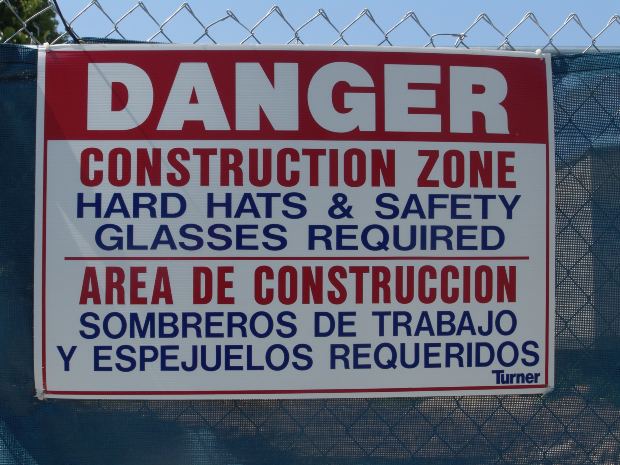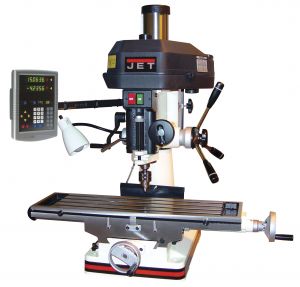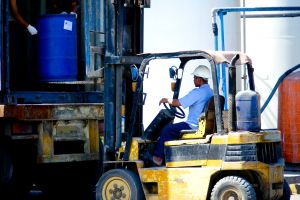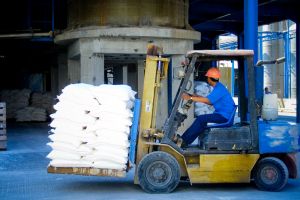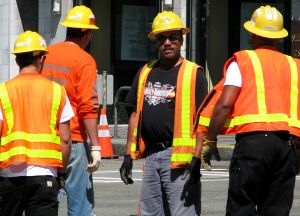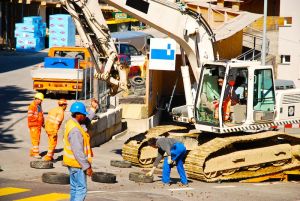A 45-year-old Medford postal carrier died after he collapsed while making a delivery on Friday afternoon.
James Baldassarre, of Haverhill, was found lying on the ground late Friday afternoon on Riverside Avenue. He was pronounced dead at Massachusetts General Hospital on Saturday morning. Baldassarre’s wife, Cathy, believed it was the intense heat and humidity that may have led to her husband’s death.
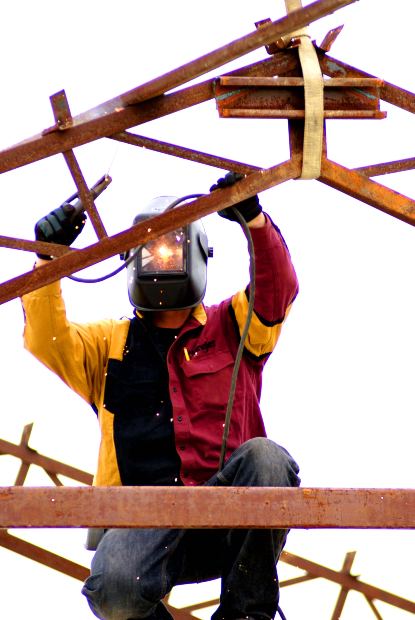 Temperatures reached the 90s on Friday, with high levels of humidity. When rescuers responded, they found Baldassarre unconscious with a temperature of 110 degrees.
Temperatures reached the 90s on Friday, with high levels of humidity. When rescuers responded, they found Baldassarre unconscious with a temperature of 110 degrees.
Outdoor workers in agriculture, construction, public service (firefighters, postal workers, etc.), and other industries are at a great risk for heat stress, heat exhaustion, or heatstroke when they are exposed to high temperatures and humidity. Exposure to extreme heat can increase the risk of injuries for workers because often heat results in sweaty palms, fogged safety glasses, dizziness, and burns.
Heat exhaustion and heat stroke are serious heat-related disorders. Heat exhaustion is a bodily response caused by loss of water and salt in the body; usually a result of excessive sweating.
Symptoms of heat exhaustion include:
• Heavy sweating • Extreme weakness or fatigue • Dizziness or confusion • Nausea • Clammy or moist skin • Pale or flushed complexion • Muscle cramps • Elevated body temperature • Fast and shallow breathing
Workers suffering from heat exhaustion should rest in a cool, shaded, or air-conditioned area, drink plenty of water or other cool (non-alcoholic) beverages and be sprayed with water.
Heat stroke is the most serious heat disorder and occurs when the body is no longer able to control its temperature, and its sweating mechanism (used to cool the body) fails. When heat stroke occurs, the body’s temperature the body’s temperature can ride to 106 degrees or higher, and may cause permanent disability and even death if emergency treatment is not administered.
Symptoms of heat stroke include:
• Hot, dry skin or profuse sweating • Hallucinations • Chills • Throbbing headache • High body temperature • Confusion or dizziness • Slurred speech Continue reading
 Massachusetts Workers' Compensation Lawyer Blog
Massachusetts Workers' Compensation Lawyer Blog



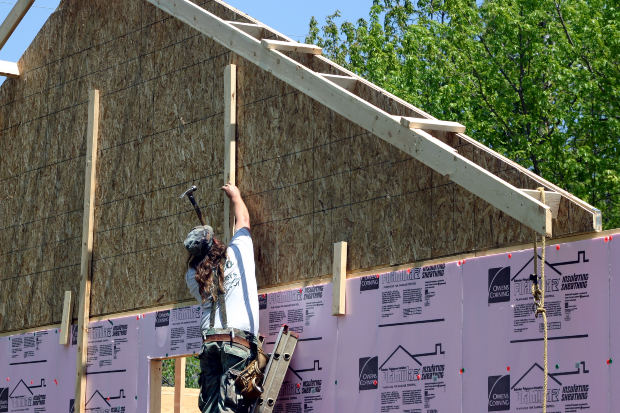 Whether it was a misstep by the victim, a manufacturing defect with the ladder or any other circumstance that caused the fall, ultimately the roofing company may be liable. By OSHA standards, employers are responsible for providing safe work environments for all of his or her employees to prevent hazardous situations that pose the threat of serious bodily injury or death. Though the details of this situation are still vague, what can be discerned is that had proper safety precautions been taken; such as the use of a safety harness, the man’s death may have been prevented.
Whether it was a misstep by the victim, a manufacturing defect with the ladder or any other circumstance that caused the fall, ultimately the roofing company may be liable. By OSHA standards, employers are responsible for providing safe work environments for all of his or her employees to prevent hazardous situations that pose the threat of serious bodily injury or death. Though the details of this situation are still vague, what can be discerned is that had proper safety precautions been taken; such as the use of a safety harness, the man’s death may have been prevented. 